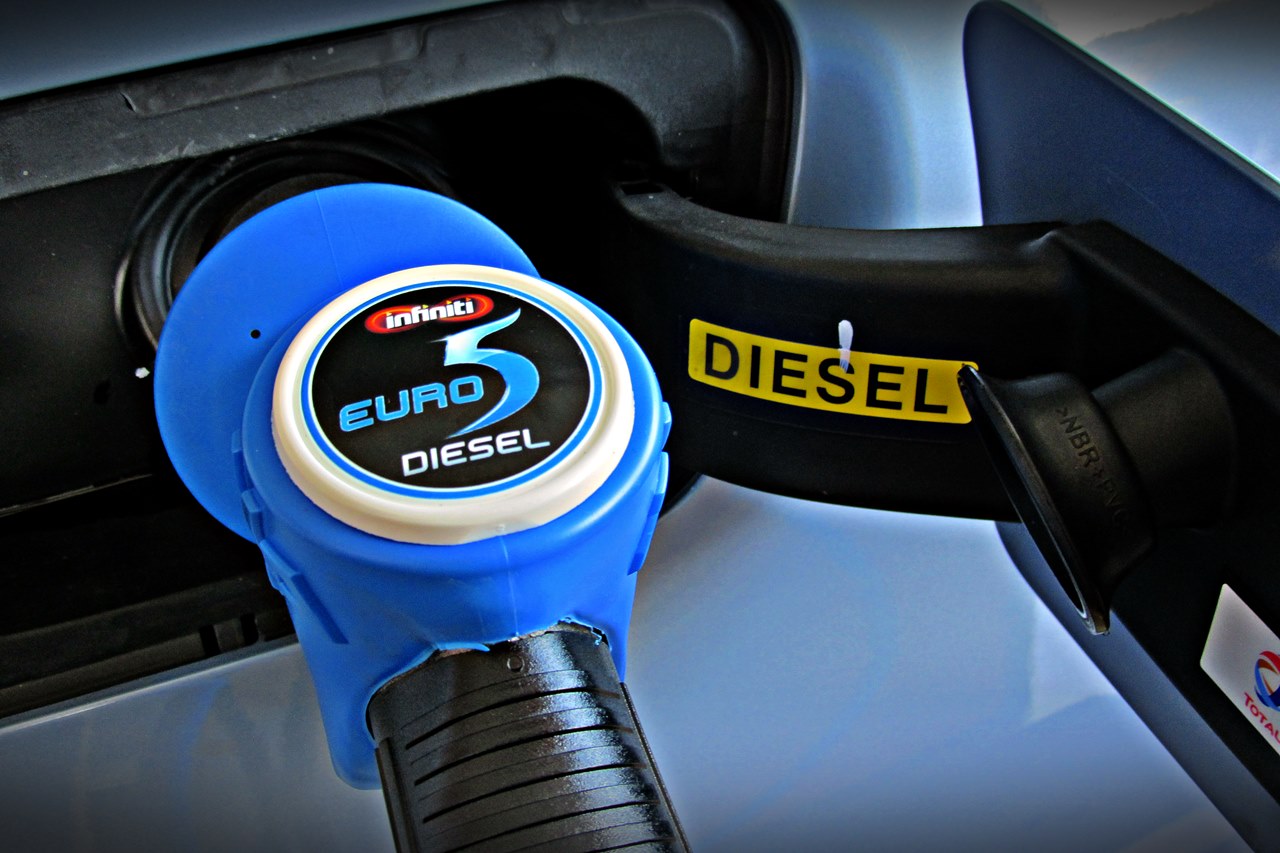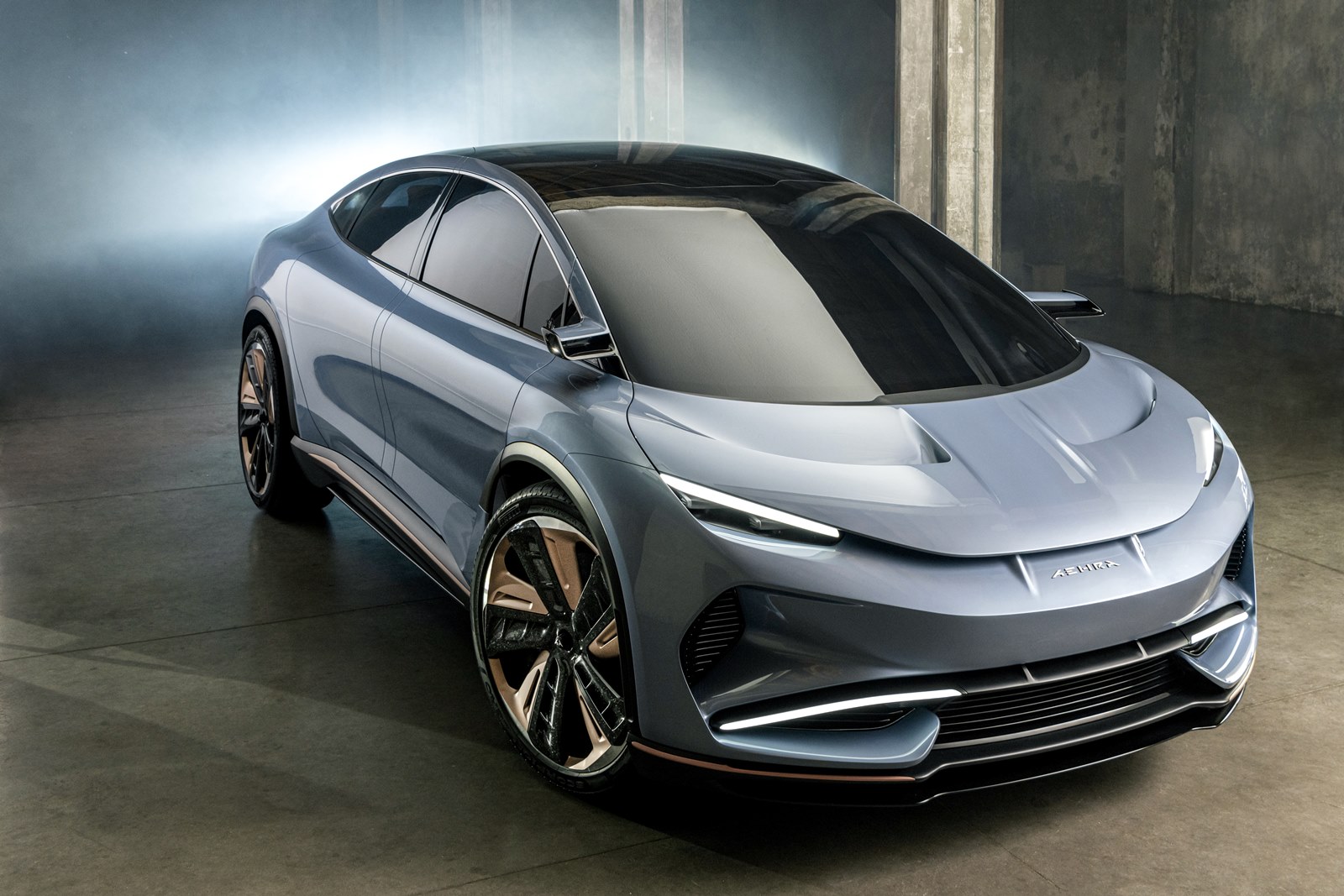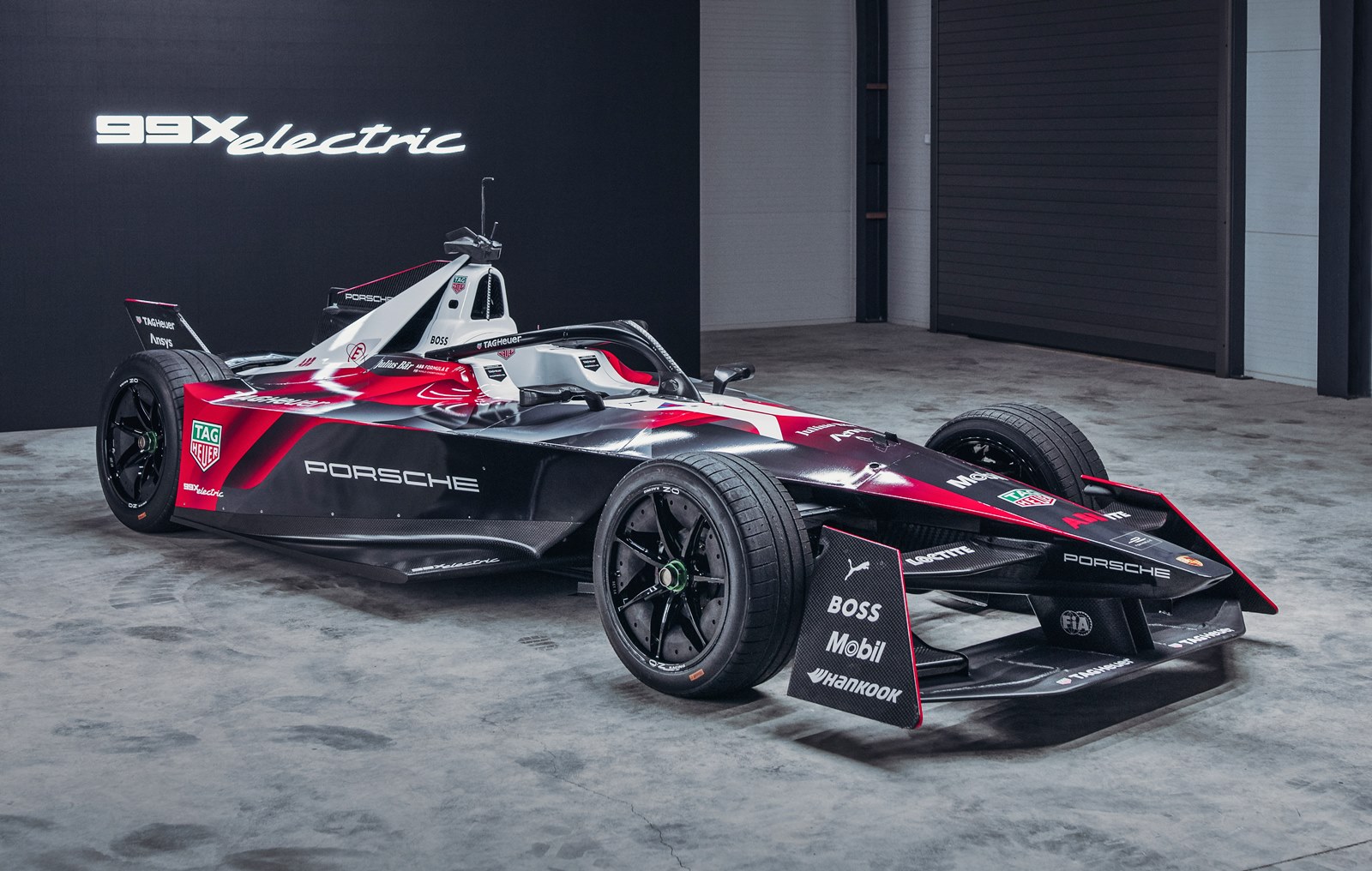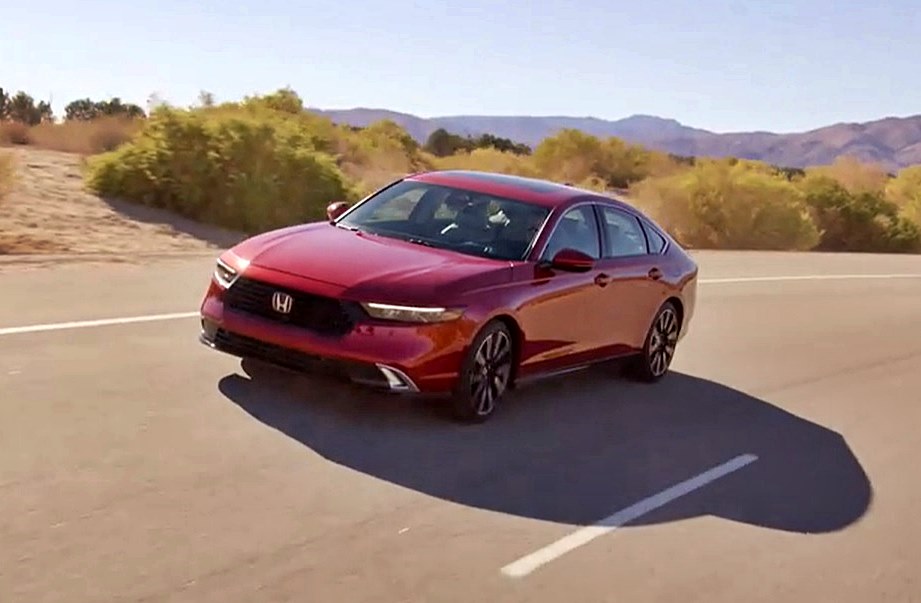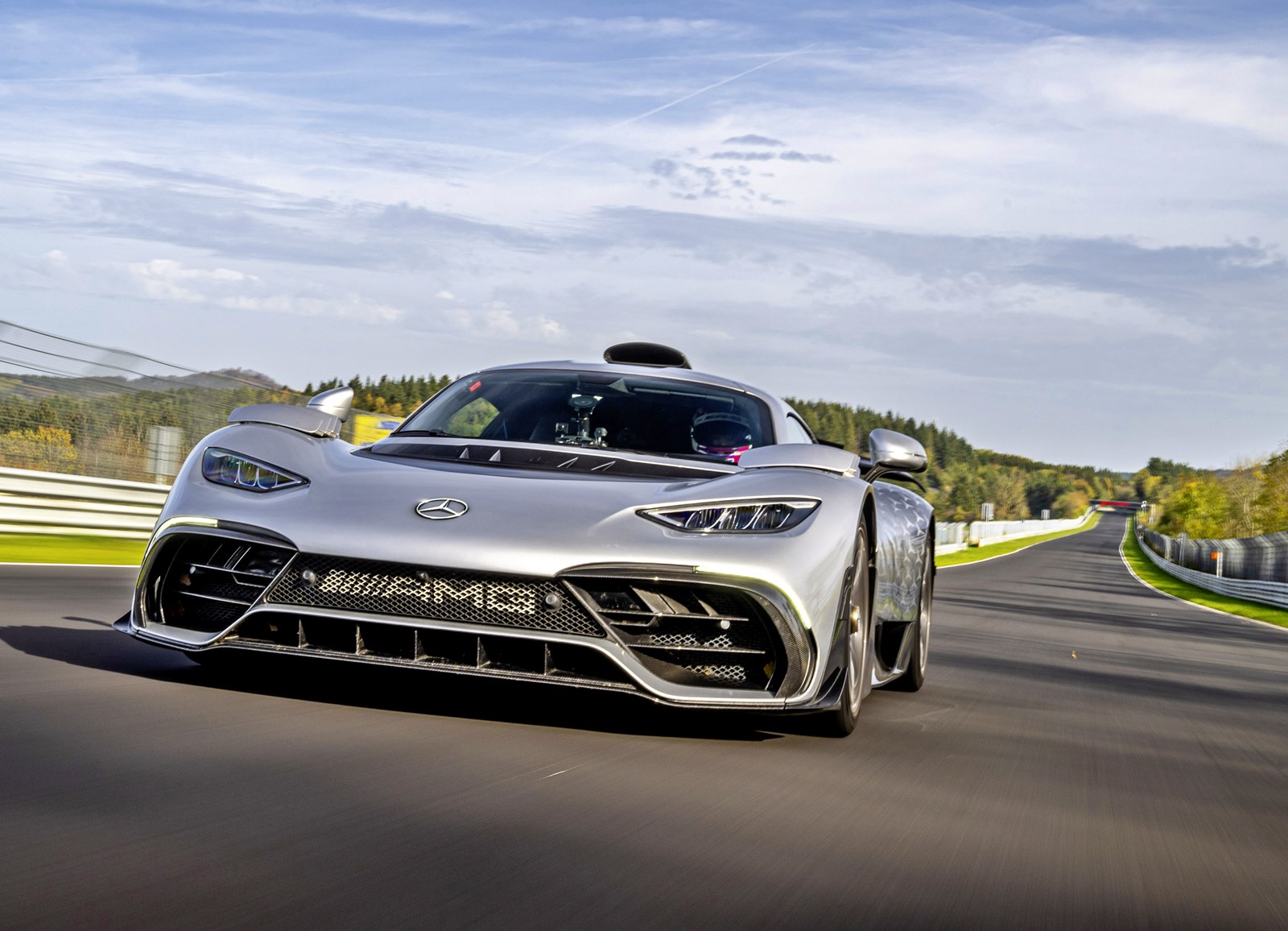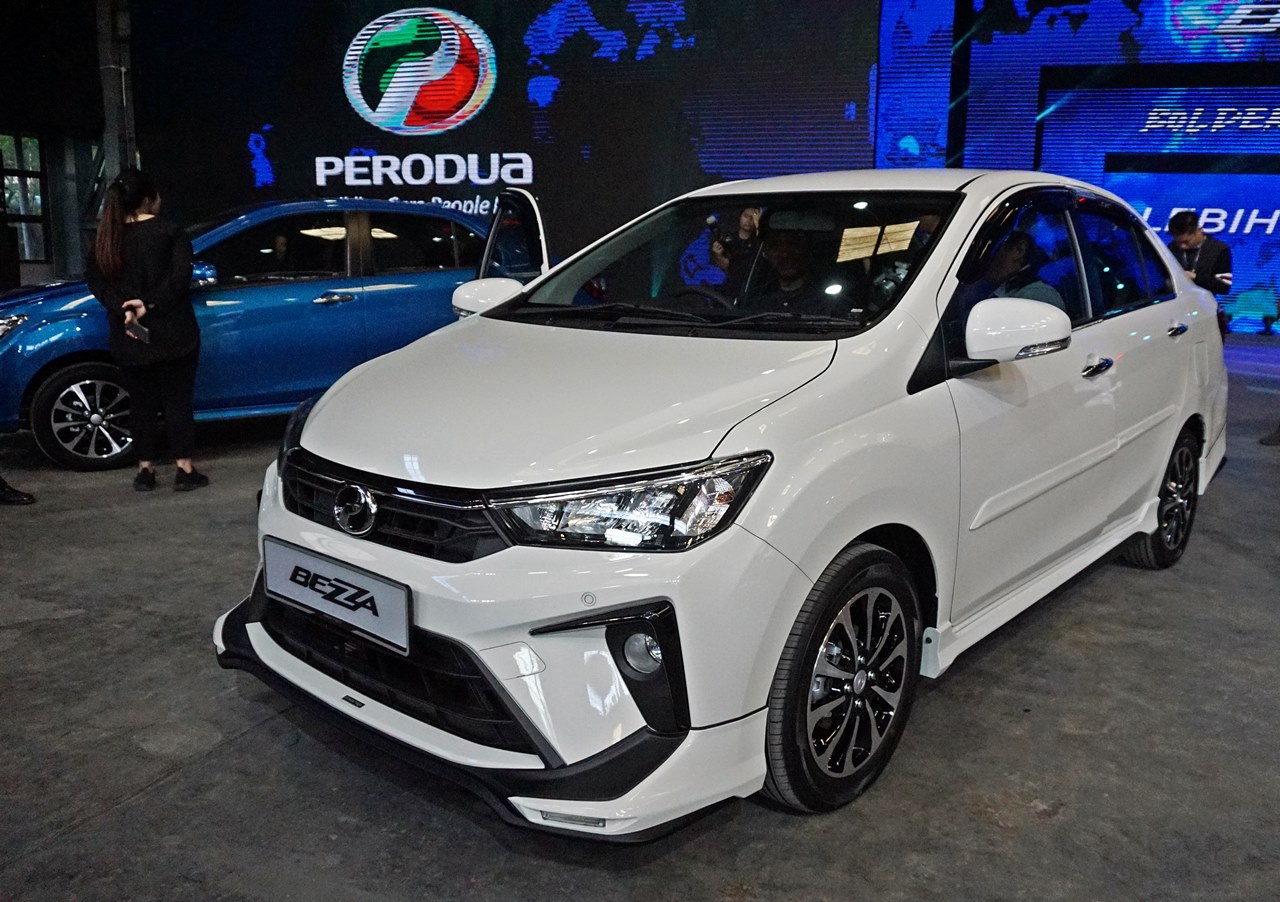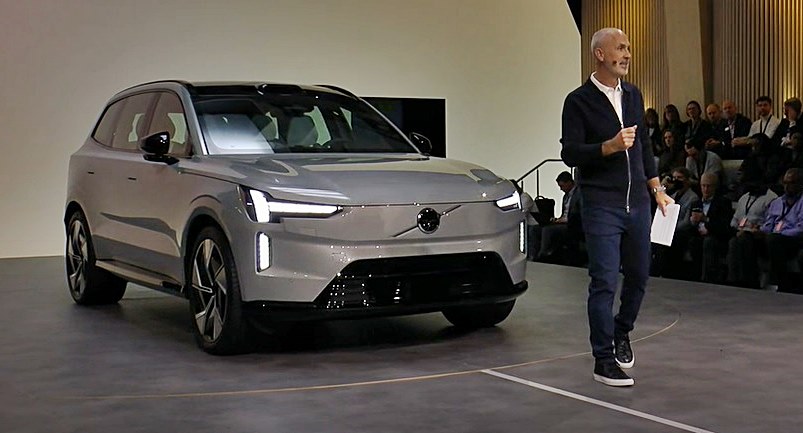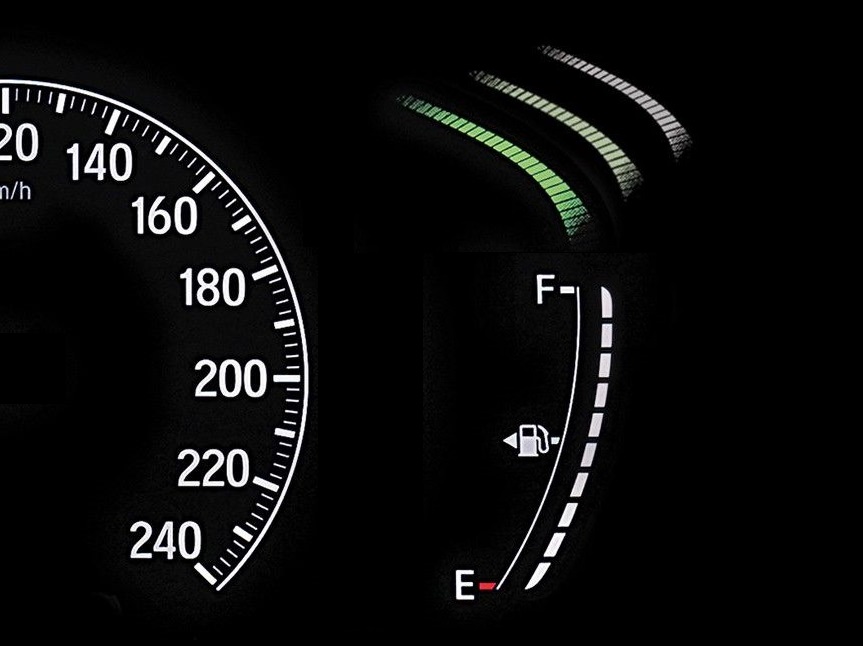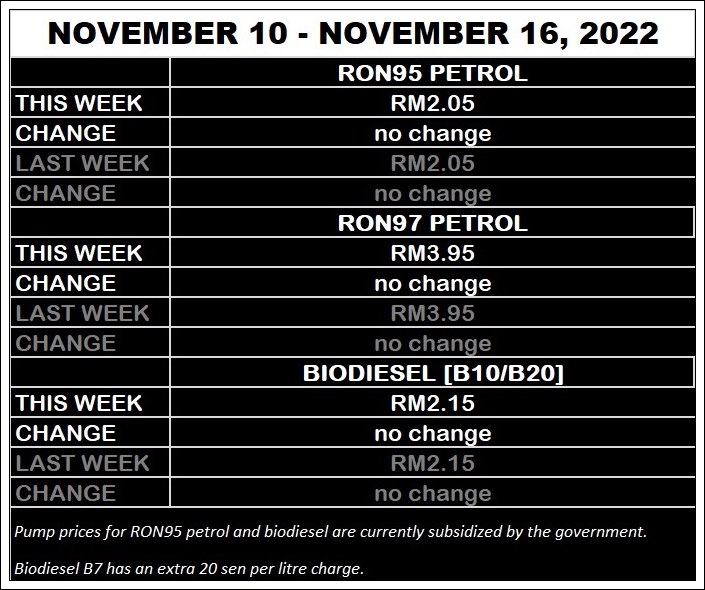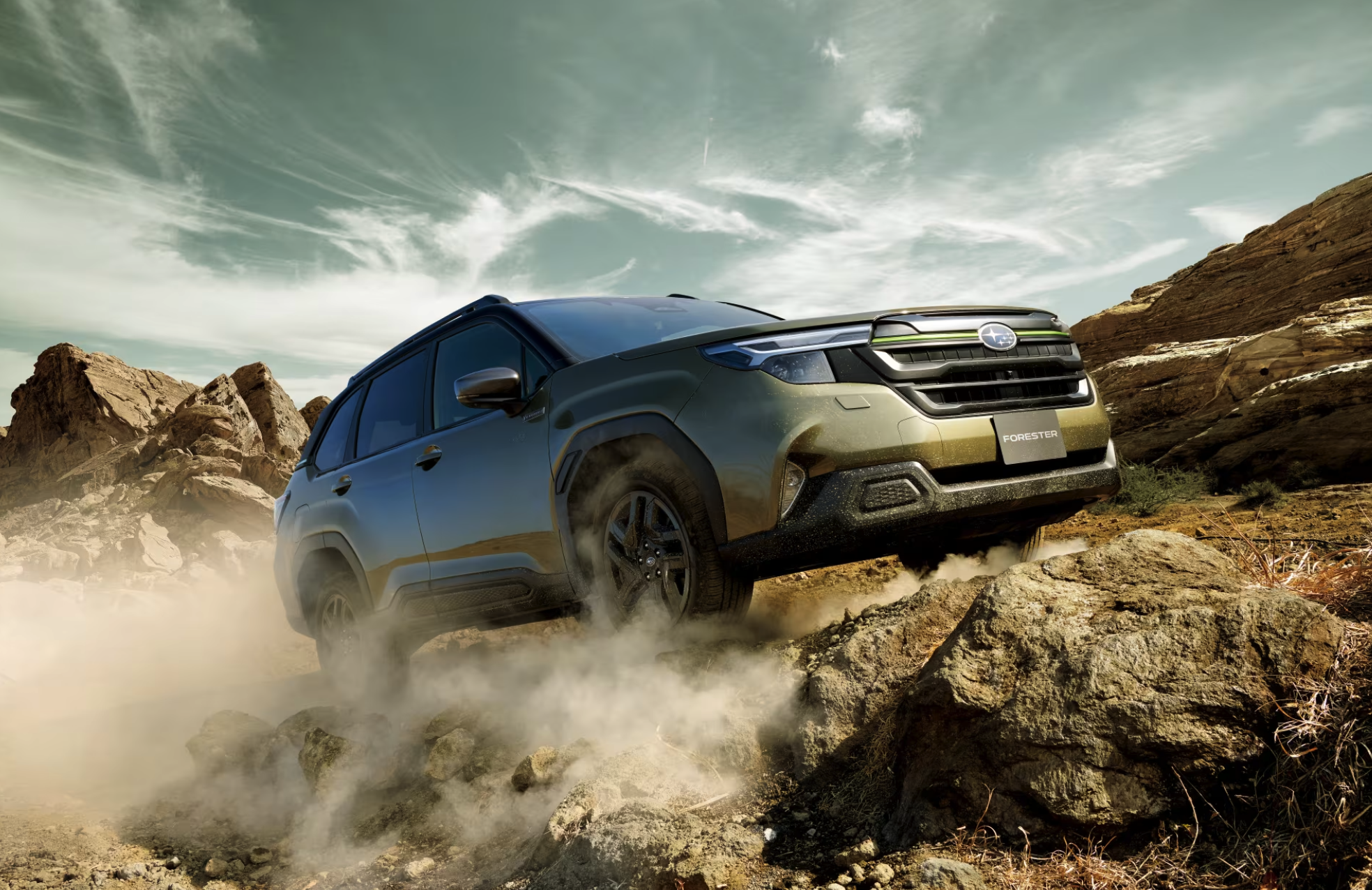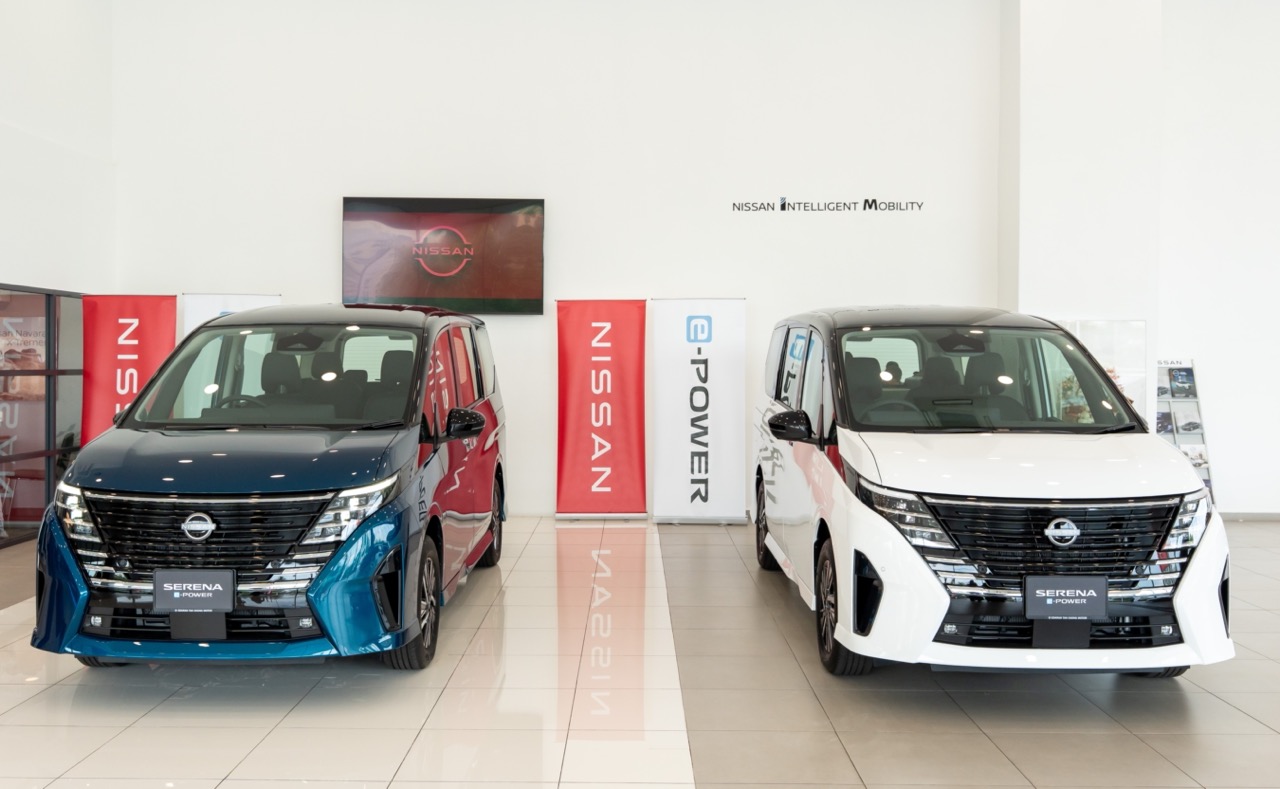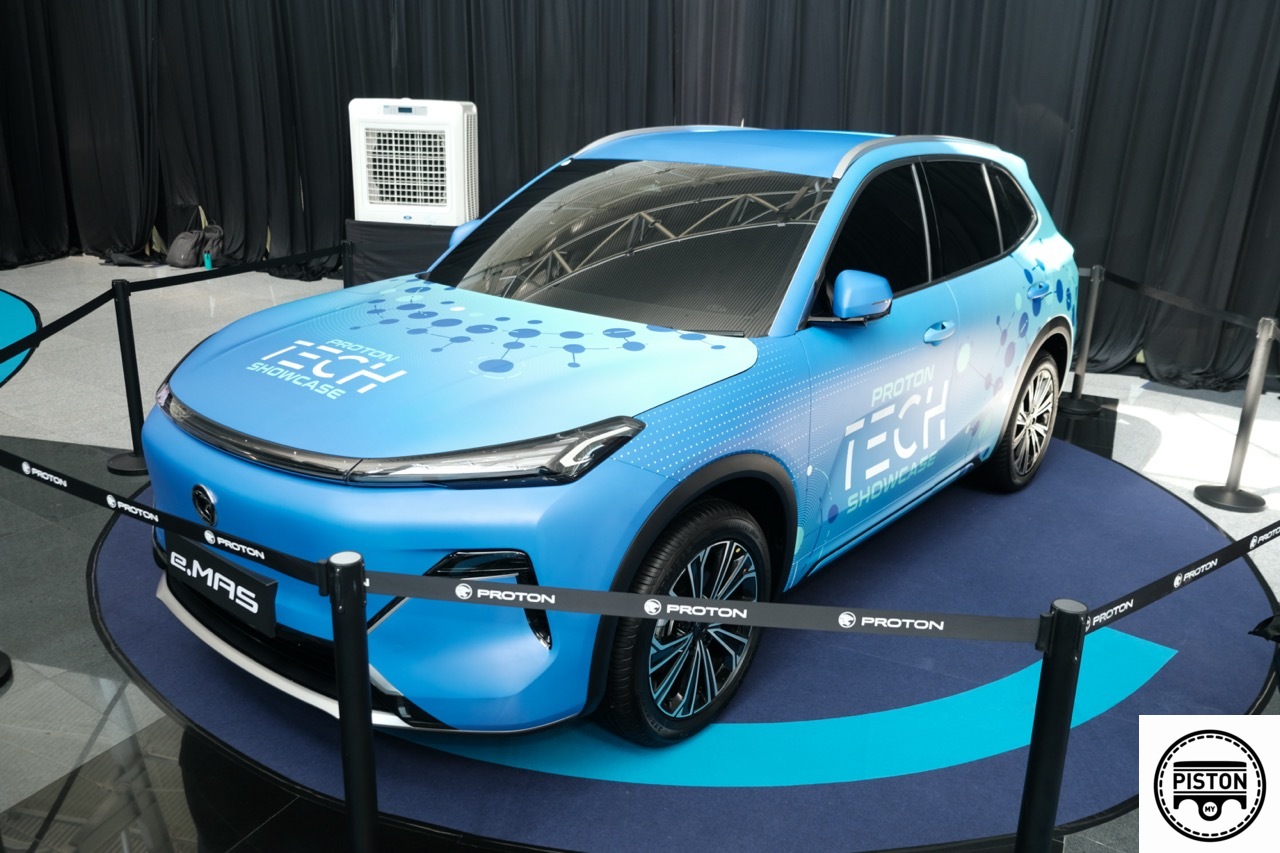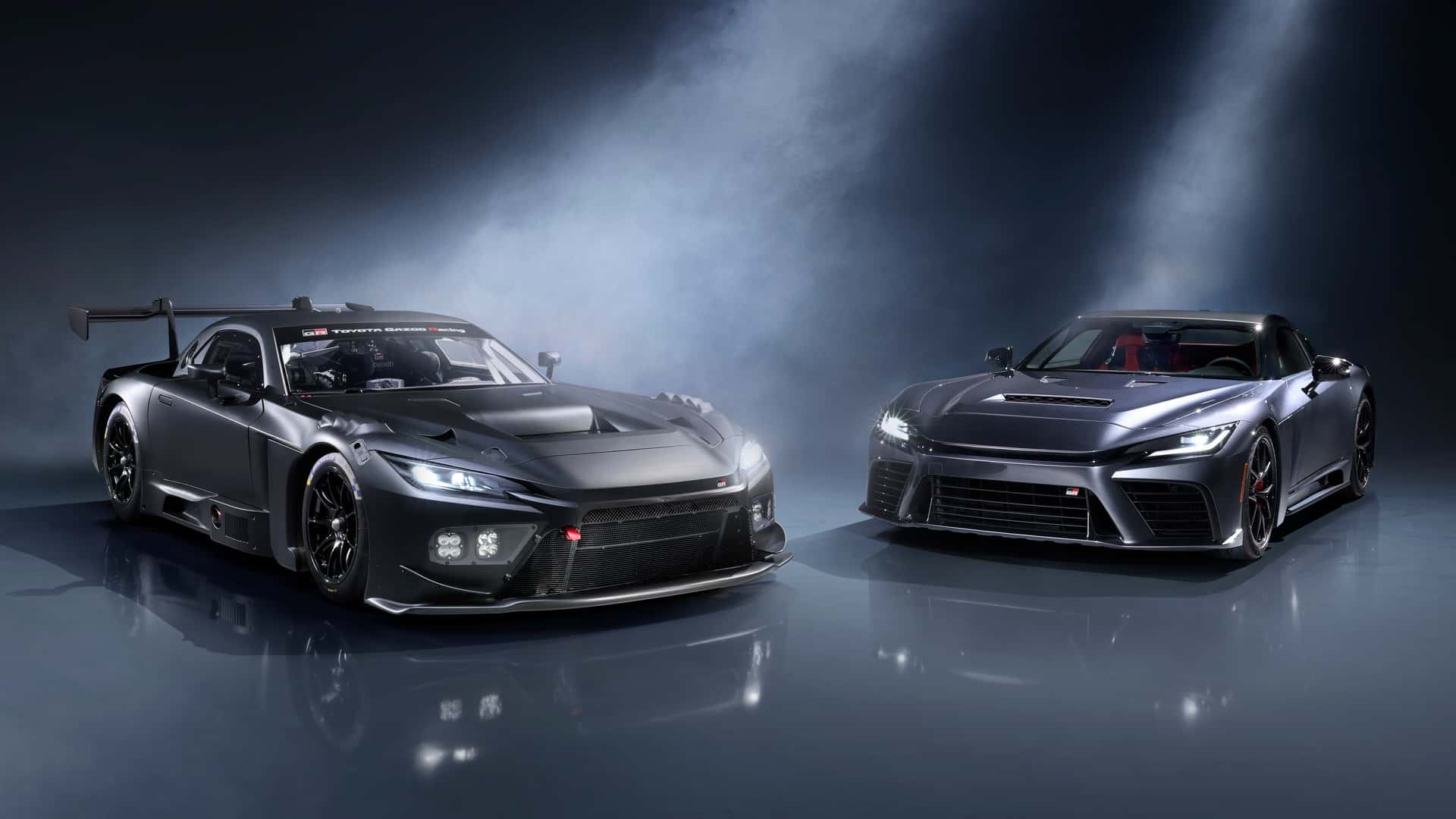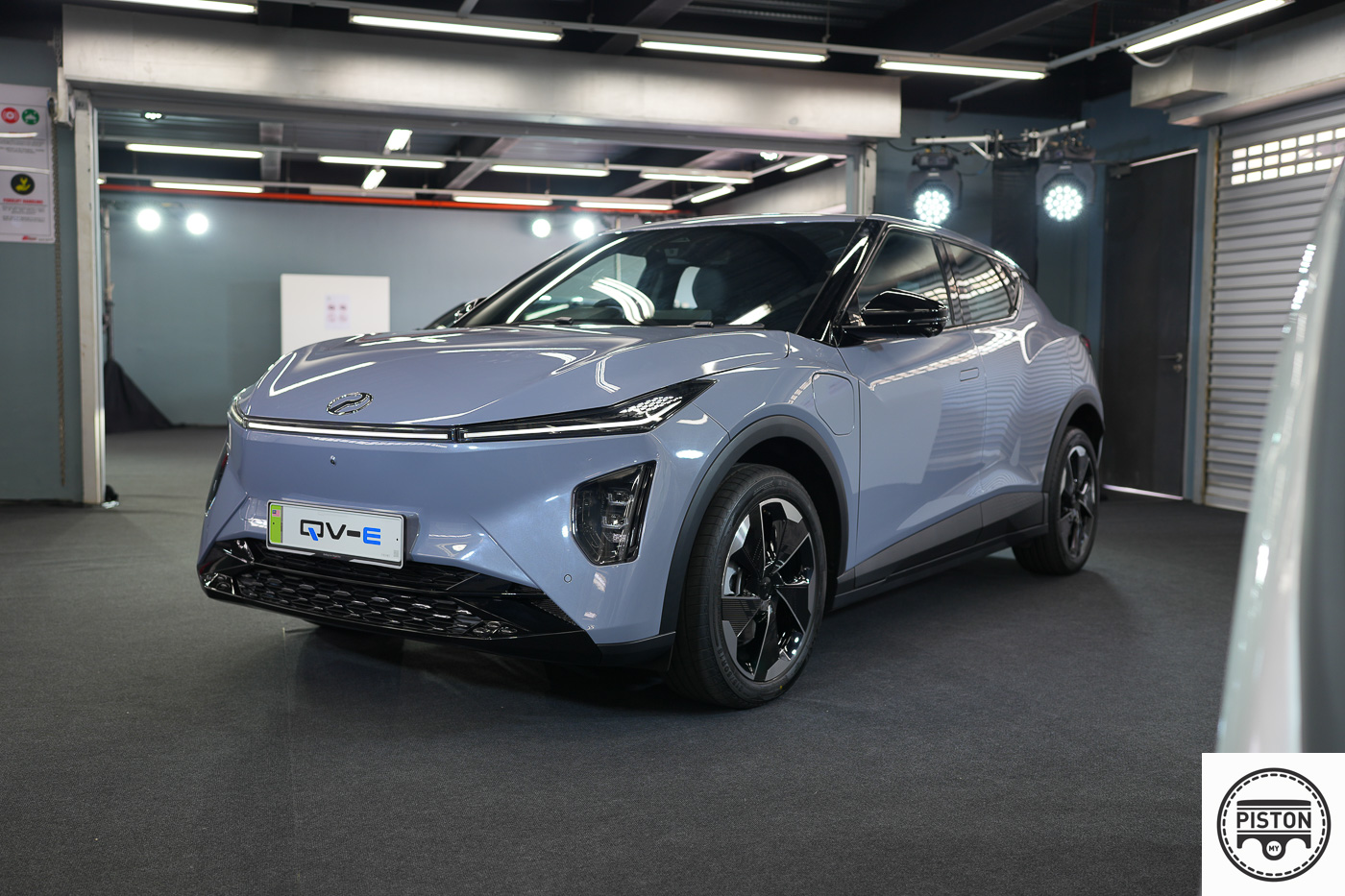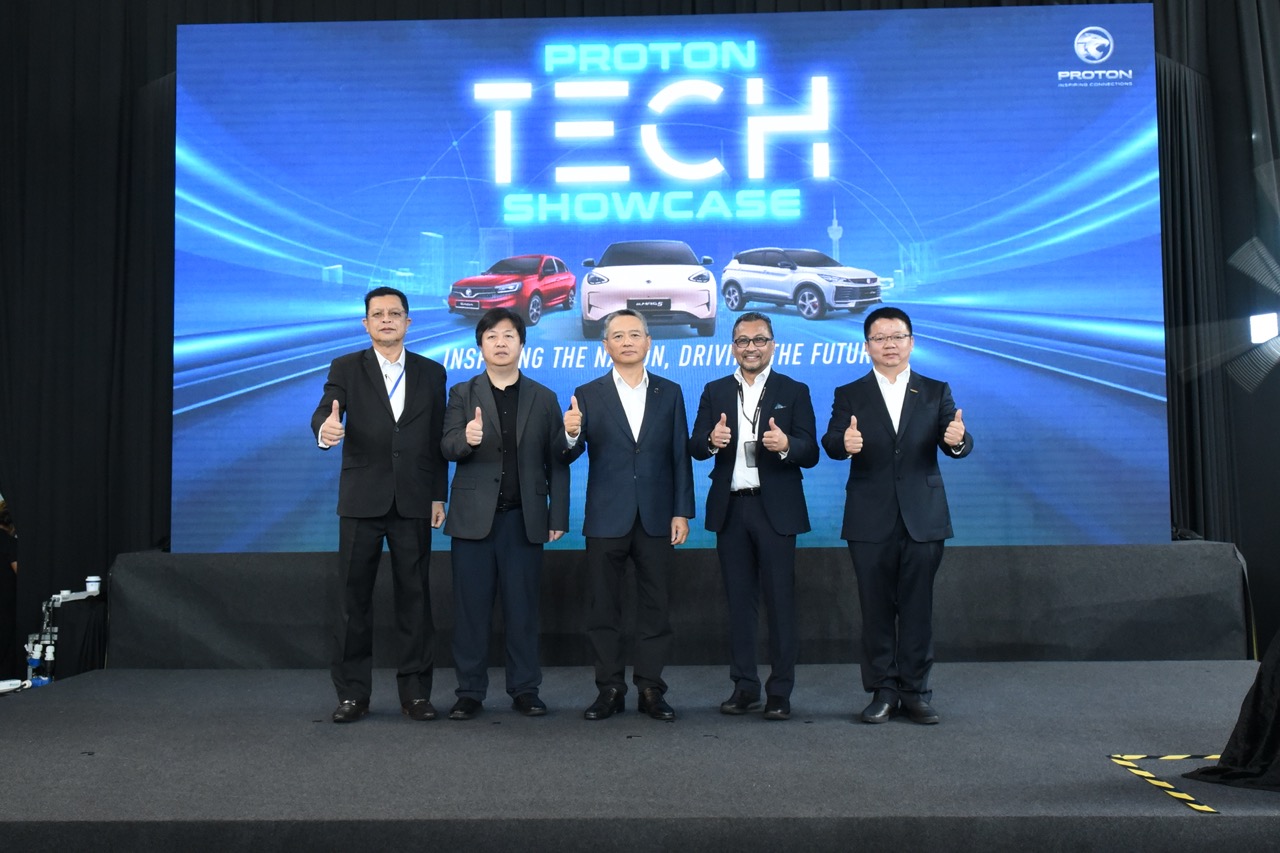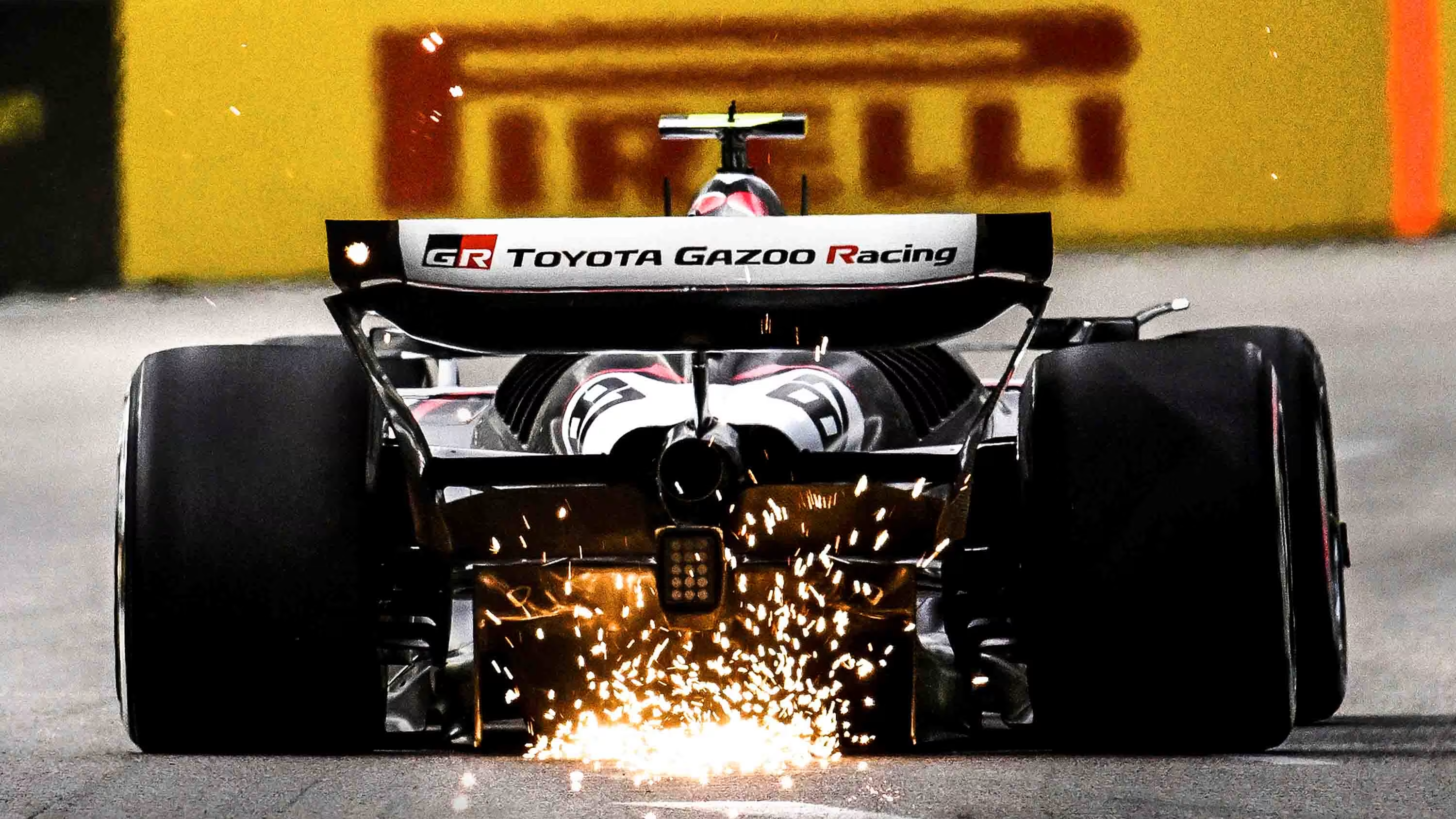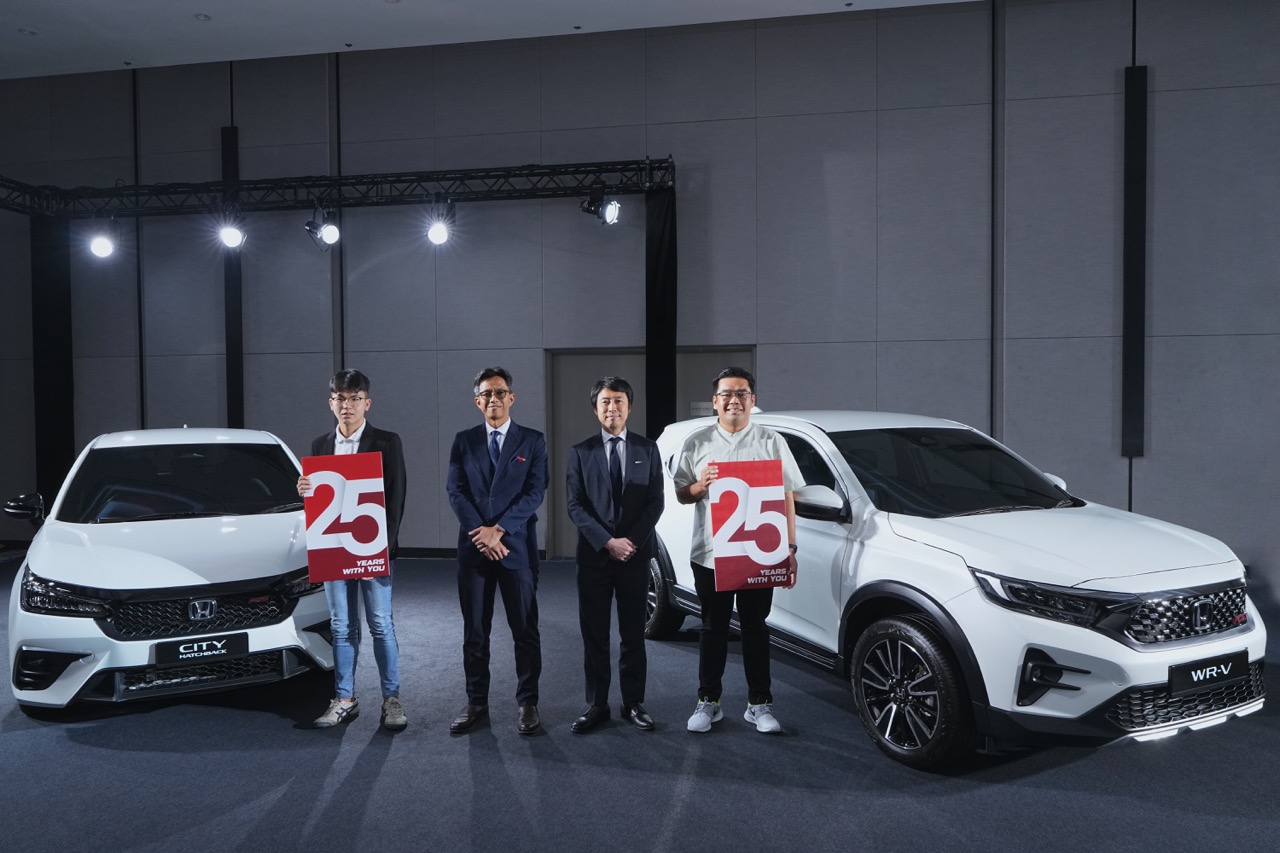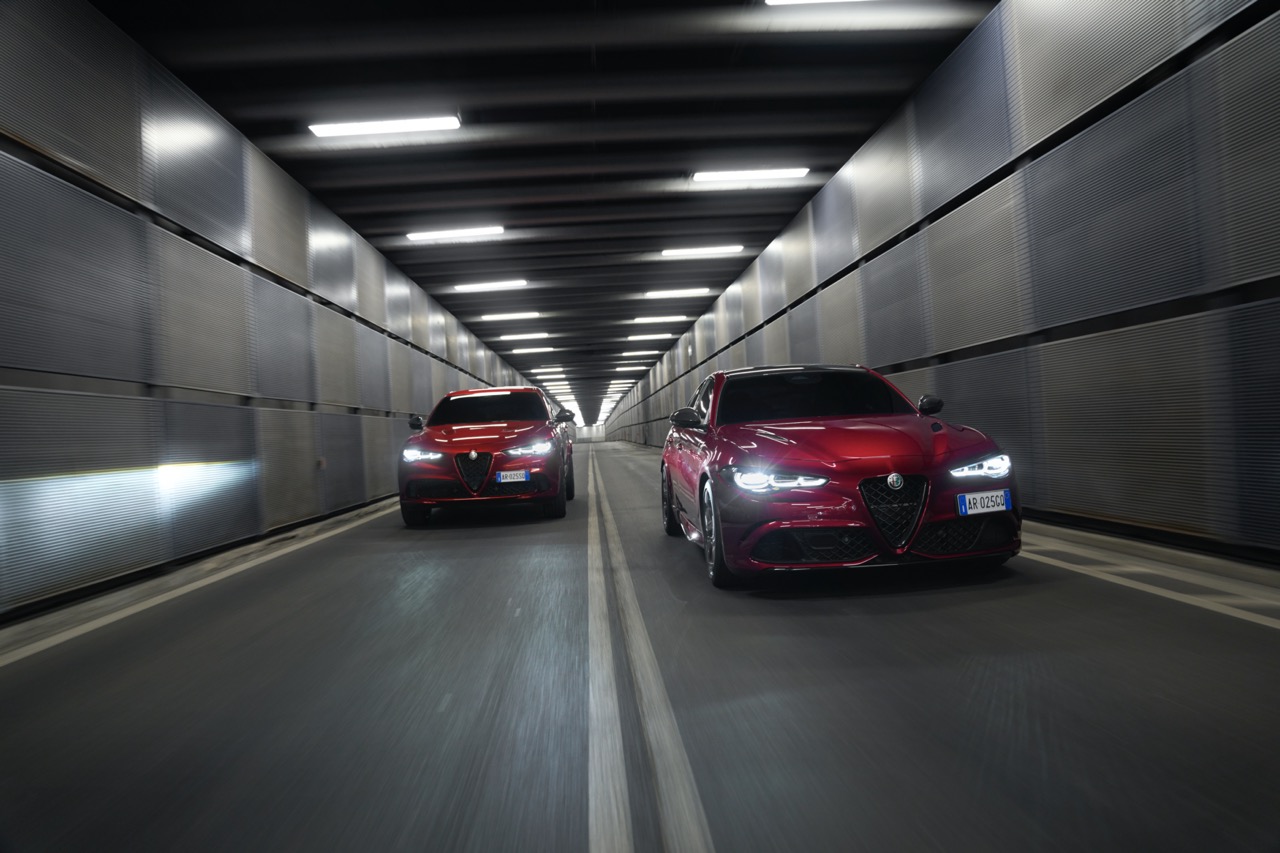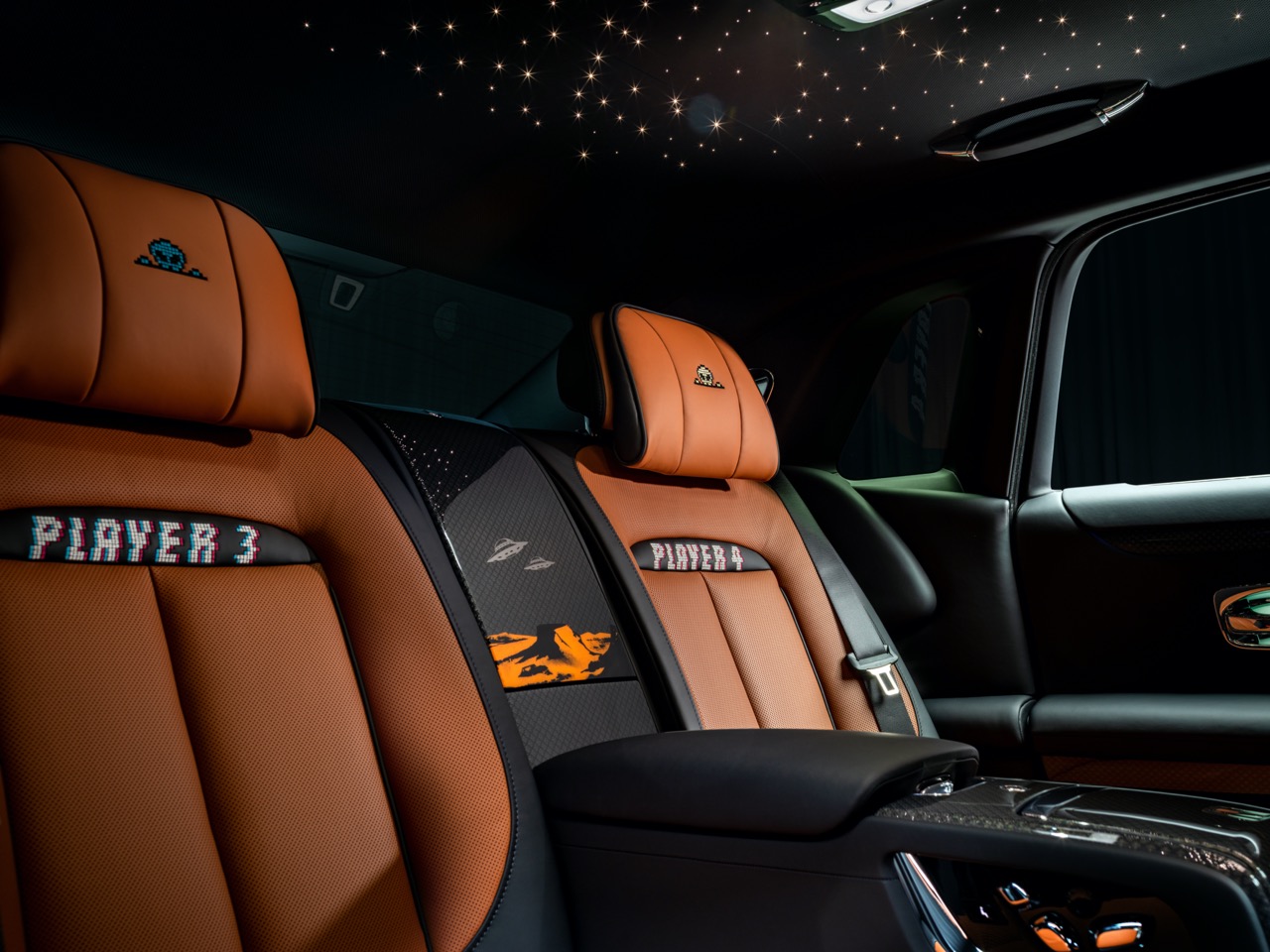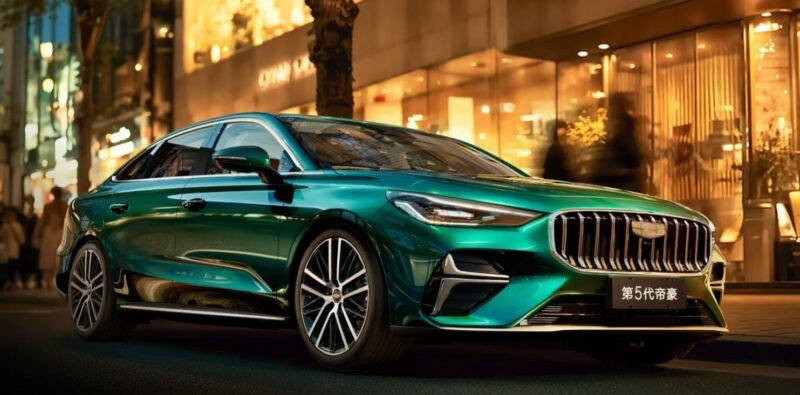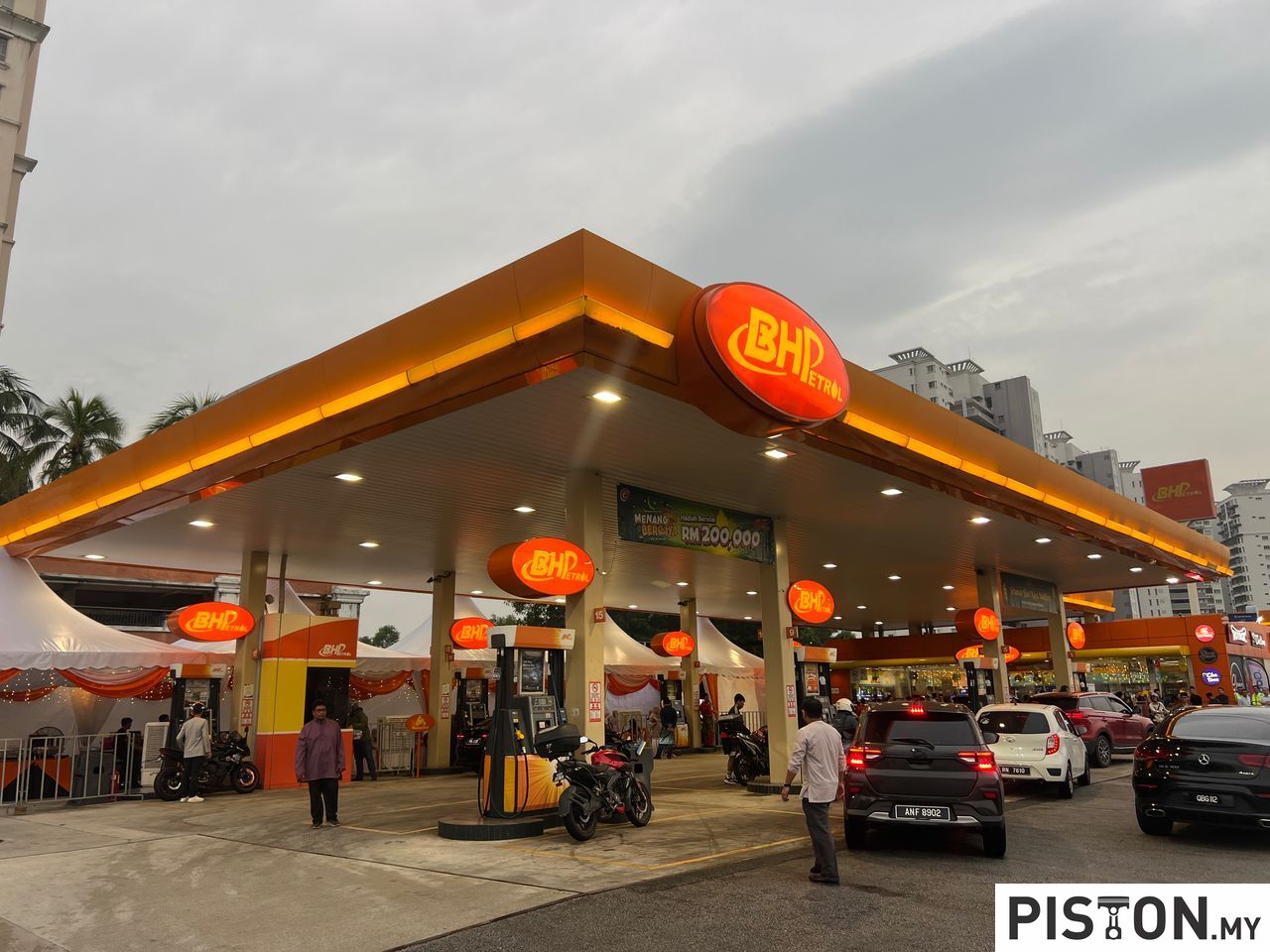Today, Euro5 diesel is available to motorists nationwide, enabling them to run on a cleaner, high-quality fuel that is not only good for the engine but also for the environment. But prior to this day (November 12) in 2014, the fuel was only up to the Euro2 standard which was significantly less environment friendly. However, due to the controls that the government have on the petroleum industry and also the higher costs, the upgrading of fuel standards was slow.
The upgrading of standards was important because the newer generation of diesel engines requires fuel of better quality with much lower levels of sulphur. Furthermore, Singapore had become stricter on the exhaust emissions of commercial vehicles and as a great number cross over from Malaysia daily to deliver goods, the transport industry also needed to have better fuel.
The first company to make the decision to provide Euro5 diesel was Boustead Petroleum Marketing Sdn Bhd, which markets the BHPetrol brand of fuels and lubricants. After discussions with the government which was supportive of the move, the company began to supply Infiniti Euro5 diesel to a few stations in Johor. This was to quickly address the issue for the lorry operators going to Singapore.
(more…)
